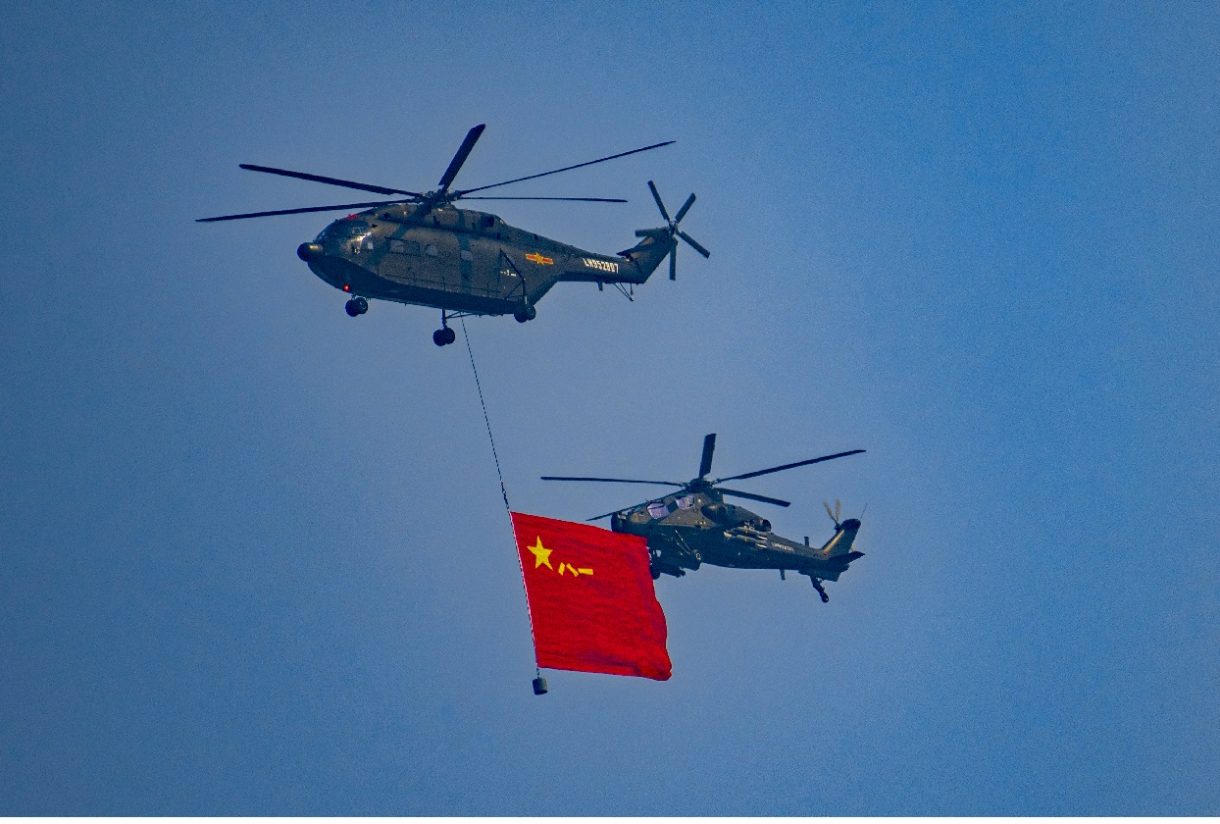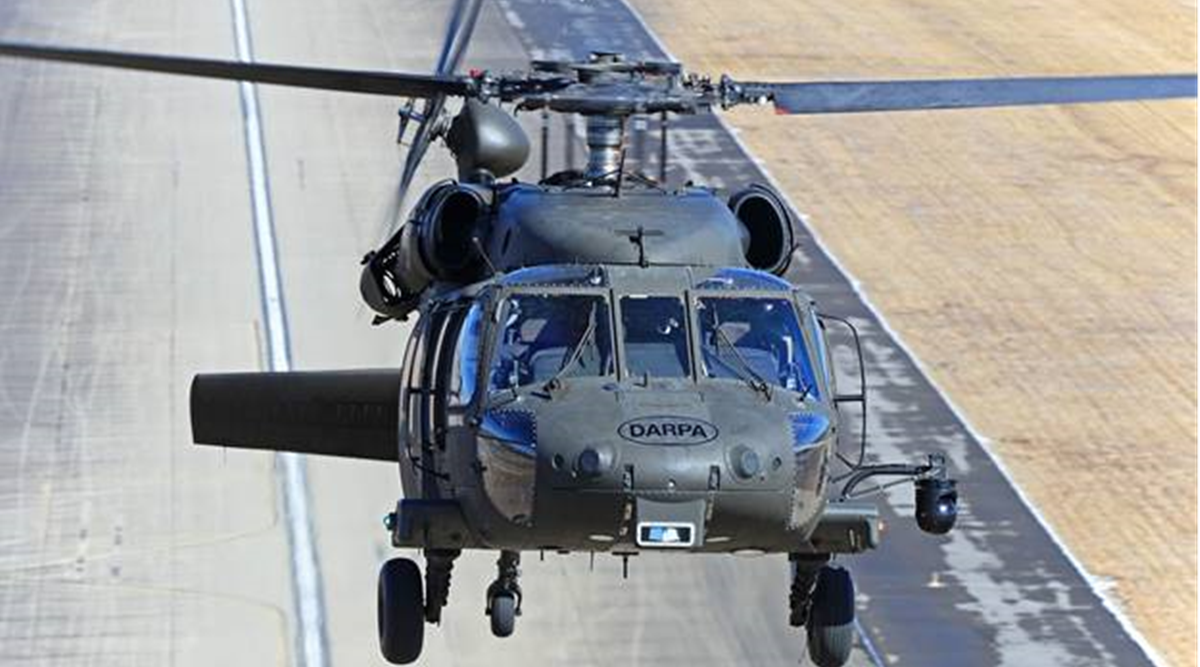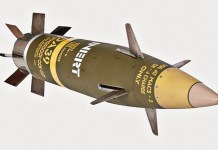Militaries all around the world are looking at integrating modern technology into their military weapons. China, as usual, appears to be making serious efforts to prepare for the future battleground, this time, with plans to include artificial intelligence and high-speed features in its future choppers.
During a recent public lecture, a prominent Chinese military helicopter designer disclosed the potential essential features of future choppers, namely high speeds and artificial intelligence (AI), the Global Times reported.
This provides a look into the potential of the country’s next-generation helicopter, which might have whole new designs and arrangements.
The report highlights the US projects, noting, “The world has made concrete steps in the development and application of high-speed rotorcraft, with the US commissioning the V-22 Osprey tilt-rotor transport aircraft and conducting test flights for the S-97 Raider and SB-1 Defiant helicopters.”
By this, Wu Ximing, deputy chairman of the Chinese Aeronautical Establishment, stated on Sunday during a lecture hosted by the China Science and Technology Museum that in 10 years, it will be the standard for helicopters, or rotorcraft in general, to feature high speeds.
The new helicopters will be substantially different from the usual configuration of earlier helicopters. This includes those designed to exceed the conventional design’s physical speed limit of roughly 300 kilometers per hour, according to Wu, who is also the principal designer of the Z-10, the Chinese military’s main battle assault helicopter.
To attain high speeds while keeping vertical takeoff and landing capabilities, helicopter designers will need to experiment and innovate, according to Wu. He went on to suggest a general time limit of 10 years for most helicopters to attain high speed.

According to reports, China’s helicopter manufacturers have performed test flights for at least two types of helicopters with novel designs: one is a blended-wing body multi-rotor vertical takeoff and landing aircraft, while the other is a helicopter with a completely innovative design.
Will AI Make PLA’s Future Choppers More Lethal?
The incorporation of AI in the future helicopter means that a digital helmet or screen may replace the helicopter’s control levers since AI can comprehend voice orders from the pilot.
According to Wu, it can also provide recommendations on flight paths and even make independent judgments in tough situations or complex missions. “Intelligent technologies will greatly reduce the workload of the pilot in flying the chopper.”
AI will allow for an intelligent flight of a single helicopter, coordinated flight of several helicopters, and autonomous mission completion.
With the fast growth of communication technologies such as 5G and 6G, it is feasible that the helicopter may be able to obtain more computational capacity from ground-based devices via a network. This might also improve the capabilities and efficiency of the aircraft.

“The use of AI will apply not only to helicopters but also to aircraft in general, including fighter jets,” one Chinese defense expert told Global Times.
Another future direction for helicopters is the emergence of drones, which do not cause fatalities. They are not limited by the physical limitations of human pilots and may be utilized in difficult locations, according to Wu, while costing less and providing more survivability.
Miniature drone helicopters are also a potential choice for tactical reconnaissance missions because they are easy to transport and can breach hostile defenses silently. For example, the Hummingbird, a compact reconnaissance drone aircraft created by China, is about 17 cm long and weighs only 35 kilos.
America’s Quest To integrate AI
Artificial intelligence is a major emphasis for the US military, which expects it to alter future battles. The complexity of contemporary warfare is also forcing the US military to consider how technology may upgrade existing assets, such as helicopters, to enable them to do previously inconceivable tasks.
“We are going to have to change the way we fight. We are going to have to change some of the equipment that we use, and we are going to have to retrain our people so they can start to think about the fight they have in the future,” Gen. James McConville, US Army Chief of Staff, said during his May 2, 2019 confirmation hearing.
According to the United States Army in Multi-Domain Operations, 2028, these upgrades include next-generation helicopters that can do much more than current models, as well as supporting systems that “can operate in a highly contested operational environment, cannot be easily isolated from the rest of the Joint Force or partners, and can conduct independent maneuver.”
The Army’s current fleet of helicopters is almost 50 years old in some cases. The next generation of these aircraft, according to US military leaders, will need to be quicker, more maneuverable, deadly, and technologically sophisticated, including the capacity to work with autonomous aircraft.

The tests in this respect were recently done by the US military. The first autonomous flight took place on February 5, 2022, above Fort Campbell, Kentucky, followed by a second flight on February 7. The AI operated the chopper for 30 minutes without a person on board on the first trip.
In addition to this program, there are several additional projects underway. The US Air Force appears to be reshaping itself in preparation for future battles, particularly against China. As the focus on the Indo-Pacific grows, emerging technology like these will aid Washington in completing operations in a more efficient and timely manner.
- Contact the author at ashishmichel@gmail.com
- Follow EurAsian Times on Google News




